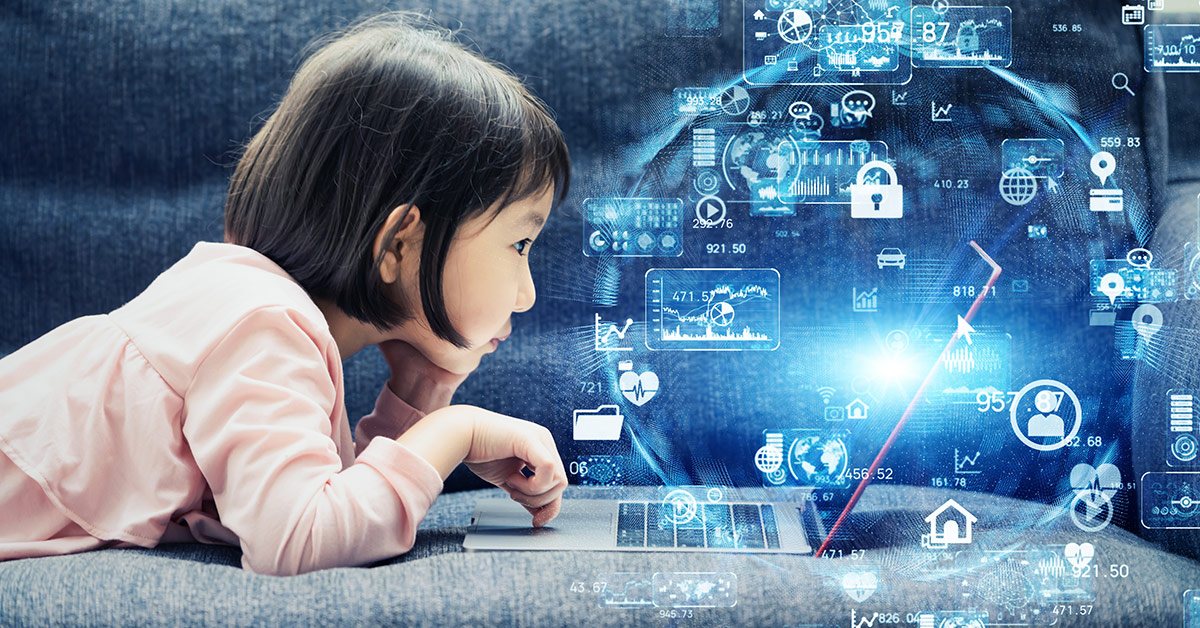In 1950, the brilliant British mathematician Alan Turing proposed a test that would determine whether a machine could be considered to possess true intelligence. His idea was deceptively simple: the machine should be able to carry on a conversation with a human, and the human should be unable to tell that they are talking to a machine. Today, most people agree that this test, known as the Turing Test, has been passed by artificial intelligence (AI) tools like ChatGPT.
As educators responsible for developing intelligent humans, this marks a huge shift. If a machine can produce incredible essays, computer code, paintings, and poetry, what skills will our students really need to possess? Our task becomes a sort of Reverse Turing Test: can we instill in students the sort of skills that machines cannot replicate? As AI tools continue to advance, these skills will grow scarcer; however, we may have lasting advantages in a few important domains.
The Big Four
Curiosity, creativity, critical thinking, and hands-on learning — these may long remain areas where human cognition brings real and lasting value. Interestingly, these are also characteristics that define excellent learning; it turns out that the best classrooms are the ones that produce the most uniquely human thought.
Interestingly, tools like ChatGPT can actually help us promote this type of rich learning. One versatile approach to integrating AI into the classroom is to have students evaluate the work produced by AI. You can gamify this: my students love to play “beat the calculator,” where they use their mental math skills to perform operations faster than another student can generate the answer using a calculator. You can play, “beat ChatGPT” in a very similar fashion. This very directly allows them to practice using their curiosity, creativity, and critical thinking skills to add value to mechanized thought — and it helps them to gain a deeper understanding of how they will interact with AI tools in the future.
Getting Specific
Apply this general strategy to the domain of curiosity. Although AI tools can approximate curiosity by asking questions, can students ask better or more insightful questions than ChatGPT? Can your students find questions ChatGPT asks that seem a little off? Can they think of more and better lines of inquiry? Try it!
Another area where students can test their unique abilities is in creativity. Can they generate better ideas than ChatGPT? For example, students can improve upon a poem or develop more imaginative ideas for open-ended tasks than those generated by ChatGPT. This exercise develops their creativity and provides a better understanding of the creative limitations of machines.
Critical thinking is another area where students can challenge ChatGPT. They can evaluate a compare and contrast essay written by ChatGPT and identify the areas where the reasoning is flawed or could be improved. They could look at an argumentative essay and determine whether other arguments might be more persuasive for the intended audience. As students discuss and debate the models generated by AI, they hone their own skills in an enjoyable, engaging way.
Finally, hands-on learning is an area where students have a clear advantage over machines. While AI tools may be able to perform specialized cognitive tasks, it may be a long time before they can replicate the experience of hands-on research. Students can conduct experiments, learn new concepts, make discoveries about the world around them, and add to our collective knowledge of the way things work. This is an essential reminder that there are numerous areas where machines simply cannot compete with humans.
Prepare to Meet the Future
The idea of a Reverse Turing Test clarifies the challenge our students will face in the future — the challenge we already face today. While AI tools are able to perform numerous tasks that presently require human involvement, there are and will remain numerous areas where humans possess unique capabilities that machines cannot replicate. By helping our students to practice these skills, we can create classrooms that prepare students for the future, and which help students embrace their unique humanity, today.
